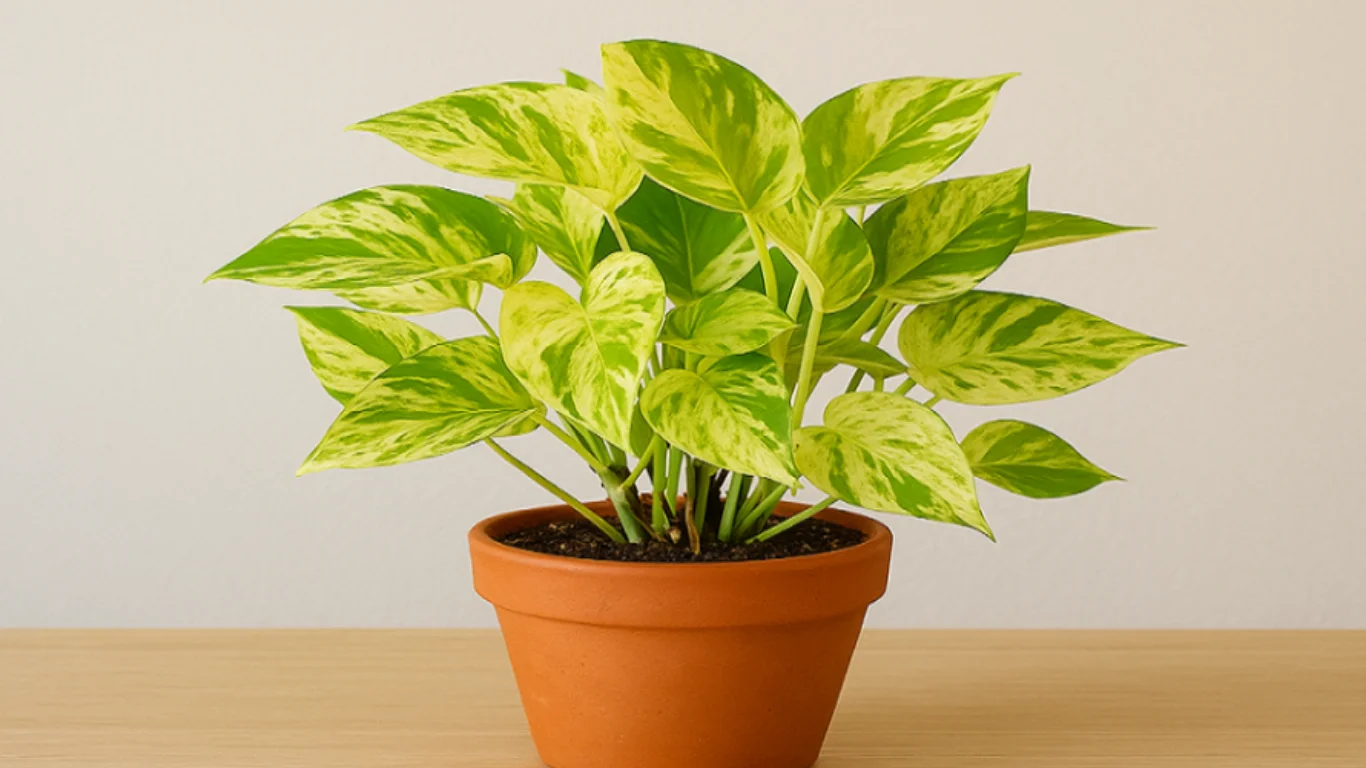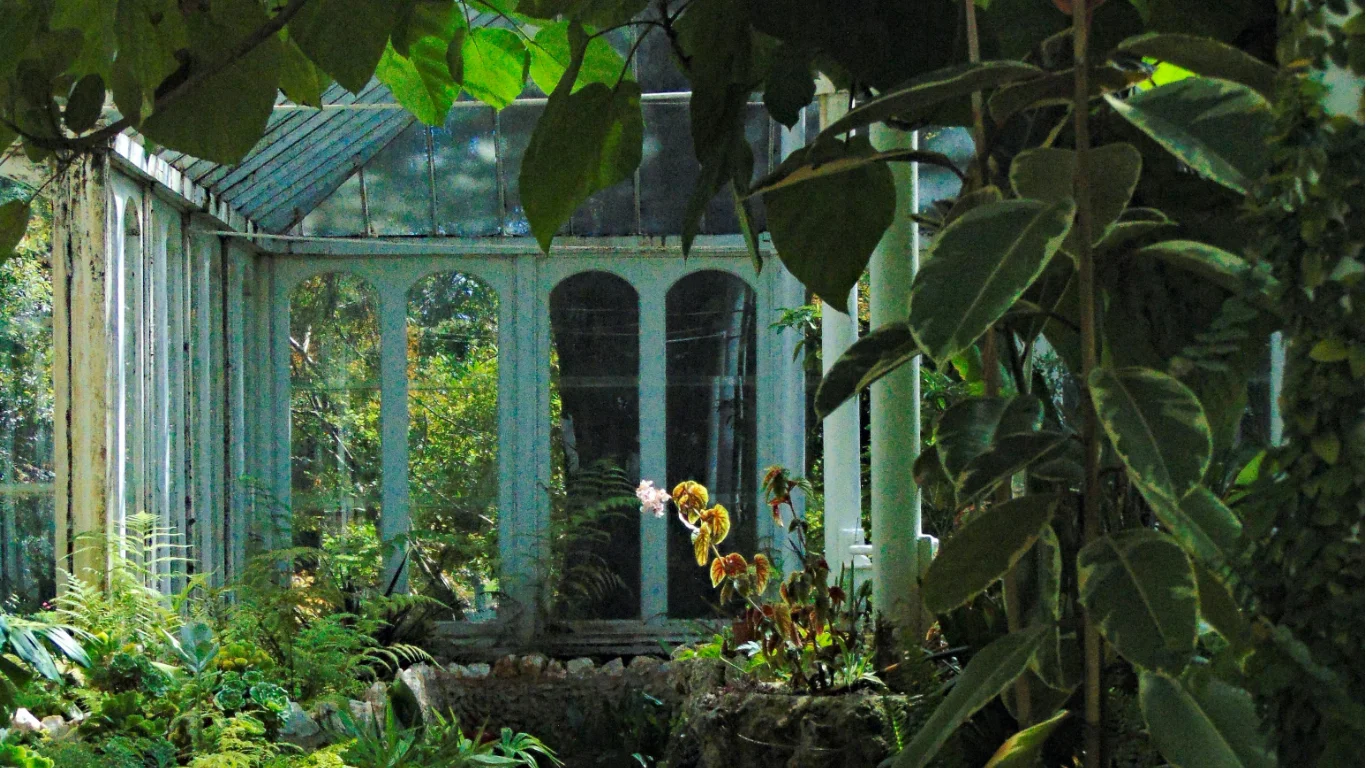Ever noticed how some homes instantly feel calmer? You should observe closely, as there might be a Money plant lurking around the corner. They’re more than just a symbol of prosperity. This humble vine quietly purifies your air, instantly lifts the mood of a room, and thrives with very little fuss. Known by many names, like Devil’s Ivy, Golden Pothos, or Epipremnum aureum, the Money Plant is one of the easiest and most rewarding plants to care for.
Keeping it thriving sustainably isn’t about fancy fertilisers or strict routines. It’s about balance. Learning what your plant truly needs and giving it just that, naturally. Let’s break down how to do that.
Why the Money Plant Wins Hearts?
Money Plant is a natural air purifier that filters out chemical toxins like benzene and formaldehyde, making your living space feel fresher and lighter! They grow easily in soil, water, and even a glass jar filled with pebbles, jelly orbeez balls or small stones. This adaptability makes it a cult-favourite for homes, workspaces, and small urban spaces!
You’ve probably noticed how money plants seem to show up everywhere these days, in homes, offices, even as gifts. People love them not just because they’re easy to care for, but also because they’re believed to bring good luck and positive energy, which makes sense why so many choose them as gifts. Whether it’s a housewarming, a birthday, or just a small gesture to wish someone well, a money plant always fits. And with so many simple money plant gifting options online, it’s pretty easy now to send one and brighten someone’s day with a bit of green.
Light
Money Plant doesn’t need strong sunlight. In fact, it prefers soft, indirect light that mimics a shaded forest floor. Too much direct sun and the leaves start to yellow or curl. Too little sunlight, and they lose their rich green colour.
Place it near a window where it can catch gentle morning light and remain shaded through the afternoon. A bright, airy corner with filtered sunlight is ideal. If your home doesn’t get much natural light, grow lights can do the job if you aim for about eight to ten hours a day. In short, the rule is simple: gentle light makes a happy plant.
Watering
One of the biggest mistakes people make is overwatering their money plants. The roots love moisture, not soggy soil. If the top inch of soil is dry, it’s time to water them. For potted plants, water thoroughly until it drains from the bottom. Always empty the saucer so the roots aren’t sitting in stagnant water. If you’re growing your plant in water or glass jars, change the water every 7–10 days to keep it oxygenated and fresh.
You can also use rainwater or filtered water instead of tap water. It’s softer on the plants and doesn’t carry the chlorine or salts that stress and irritate your plants over time. A simple switch, but one that makes your care routine far more sustainable.
Soil
Healthy soil is the foundation of a thriving money plant. What you want is a mix that’s loose, airy, and rich in organic matter. The goal is to hold enough moisture for the roots without turning soggy.
You can make your own sustainable soil blend at home using:
- 1 part coco peat (It’s a renewable substitute for peat moss)
- 1 part organic compost
- 1 part perlite or coarse sand for drainage
This combination keeps the roots happy, encourages aeration, and prevents compaction. Avoid chemical soil additives or synthetic boosters. They might offer a quick fix, but often disrupt the soil’s natural balance and harm its micro-life.
Fertilising
Your money plant doesn’t crave heavy feeding. In fact, it thrives with just a little boost every month during its active growing season, which is spring through summer.
Swap synthetic fertilisers for natural ones. Here are a few easy options:
- Compost tea – soak compost in water and use the nutrient-rich liquid for gentle feeding.
- Banana peel fertiliser – add potassium and calcium to strengthen the leaves.
- Diluted seaweed extract – helps with root health and stress recovery.
Feed lightly and avoid fertilising during winter when the plant rests. Consistency matters more than quantity. If you want to explore more natural options, know more about homemade fertilisers , which can make your money plant grow faster and greener.
Propagation
Propagation is where this plant shines. It’s easy, sustainable, and satisfying. Cut a vine just below a node. A node is that small bump where the leaf meets the stem. Place the vine in clean water or moist soil.

Within a couple of weeks, you’ll notice new roots forming. Once they grow three to four inches long, you can move them into a pot. This process doesn’t require chemicals or special tools, just patience and clean water. And since each vine can produce several cuttings, propagation becomes an eco-friendly way to expand your plant family or share with friends without having to buy new ones.
Pruning and Regular Care
The Money Plant grows quickly in warm, humid conditions. Give it an occasional trim to keep it bushy and well-shaped. Remove yellow or damaged leaves so the plant can focus on healthy growth.
Wipe the leaves gently with a damp cloth to clear dust and help them breathe. You’ll notice they catch light better and look glossier after a quick clean. If your plant starts stretching or looking sparse, it’s probably asking for more light. The best you can do in this situation is move it a little closer to a window, and it will recover fast.
Small Sustainable Habits That Make a Big Difference
True sustainable care is about the little choices you make every day.
- Use terracotta planters or recycled pots instead of plastic ones.
- Collect greywater from rinsing fruits or vegetables (no soap) for watering.
- Compost kitchen scraps to create your own organic fertiliser.
- Repurpose glass jars or bottles as decorative water planters.
Apart from reducing waste, they also make plant care feel more mindful and rewarding!
Final Thoughts.
Caring for a money plant is simple, but doing it sustainably can turn it into something meaningful! With mindful watering, natural soil, and organic feeding, you’re helping a small corner of your environment stay in balance!
So, the next time you see those glossy and lush, heart-shaped leaves catching the morning light, breathe in for a moment and admire their beauty! That little burst of green is proof that sustainable living starts small with one leaf, one drop and one quiet choice at a time!







